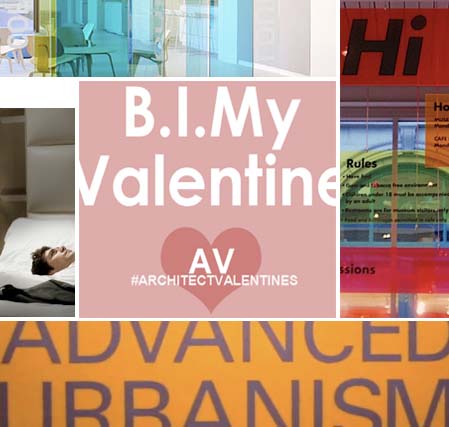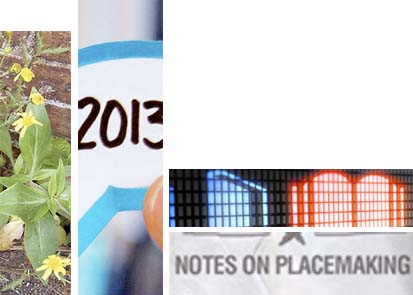Advanced urbanism. Advocating for transparency. Playful design. Good night at a hotel. Twitter steals some hearts.

Advanced urbanism. Two MIT professors of architecture, urban design and landscape architecture are proposing a new way to approach the urban and suburban fabric of cities here and abroad.
Alexander D’Hooghe and Alan Berger are heading up MIT’s new Center for Advanced Urbanism, focusing on the planning, design, construction and retrofitting of urban environments for the 21st century. They are also organizing the center’s first conference to be held April 9 and 10 at MIT’s Media Lab.
Advocating for transparency. Haley Russell, an interior designer at Perkins+Will in Washington, D.C., explores how to build material health and transparency in the built environment.
Here are six ways to increase engagement with the transparency movement:
- Involve manufacturers early.
- Change your thinking.
- Step up to the challenge.
- Look at the life cycle.
- Learn from others.
- Have patience and be persistent.
Via Ideas+Buildings
Playful design. Denise De Leon of Lake Flato finds inspiration looking at graphics at the Children’s Museum at Pittsburgh.
As a graphic designer, I was instantly drawn to wayfinding graphics (rather hard to miss). Pentagram’s use of scale and simplicity works effectively throughout the museum. Upon entering, I was immediately greeted by a colorful mix of plexiglass panels floating above the admissions desk. As I walked through the building, I felt as though I was in a children’s book- their solutions made sense at every turn I made. – Denise De Leon
Via The Dogrun
Good night at a hotel. Stanis Smith, senior vice president of Stantec, discusses getting a quiet night’s sleep in a hotel room and a list of things that hotel designers don’t address when designing a hotel.
"I want a quiet room, far away from the elevators and ice machines, far away from the hotel nightclub, not facing the street or airport, and preferably at the end of the hall." – Stanis Smith
Via Stantec Blog
Innovative social media campaign
Twitter steals some hearts. Jody Brown of Coffee with an Architect launched a Twitter campaign on Valentine’s Day, encouraging people to tweet about their architectural love on Twitter using #ArchitectValentines. Brown got overwhelming engagement ("If loving you is wrong, then Frank Lloyd Wright" was retweeted 31 times) and posted his favorites on his web site.
Via Treehugger
Related: Coffee with an Architect




